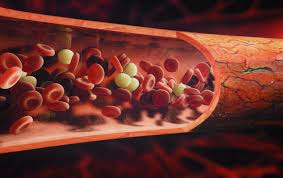BART SYNDROME

What is Bart Syndrome?
Bart syndrome is a genetic disorder characterized by the localized absence of skin present at birth, epidermolysis bullosa (EB), lesions of the mouth and mucosa, and disfigured nails. Bart syndrome is a clinical variant of dominant dystrophic EB. EB is part of a spectrum of blistering diseases in which there is a disturbance in the top layer of the skin (epidermis) causing it to blister. Dystrophic EB is accompanied by scarring.
How is Bart Syndrome diagnosed?
The diagnosis of Bart syndrome can be made clinically in a patient with a strong family history of the disease along with the classic cutaneous findings.
What causes Bart Syndrome?
Bart syndrome is a genetic disease caused by structural abnormalities in the anchoring fibrils of tissue. Anchoring fibrils make up part of the supportive framework that helps keep the skin and mucosa intact. When these fibrils are dysfunctional the skin loses its strength and sloughs off easily forming big blisters called bullae. The disease is inherited by autosomal dominant transmission with complete penetrance, meaning that children of an affected parent have a 50% chance of developing the disorder.
How is Bart Syndrome managed?
There is no cure or great therapy for Bart syndrome. Gene therapy is currently being investigated. Treatment of symptoms is the goal of therapy. Saline compresses and topical antibiotics can be applied to the affected areas to keep the area clean and prevent infection. In the case of inflammation, topical steroids may be used. Severely affected patients are treated in a burn unit. Gentle bathing and cleansing are followed by protective emollient and nonadherent dressing application. In dystrophic EB control of cutaneous infections is important because scarring can lead to fusion of digits and limb contractures.
References:
Wolff K, Johnson, RA. Fitzpatrick’s Color Atlas and Synopsis of Clinical Dermatology. Sixth Edition. 2009.
Christiano et al. 1 996. Genetic Basis of Bart’s Syndrome: A glycine Substitution Mutation in the Type VII Collagen Gene. JID. 106:1340-1342.


